Caltech
Latest

Caltech's seven-year Wi-Fi patent battle with Apple and Broadcom is over
The California Institute of Technology (Caltech) has reached a settlement with Apple and Broadcom over Wi-Fi chips, ending a billion-dollar patent dispute that started in 2016,

NASA's JPL appoints its first female director
NASA's JPL has appointed its first female director, Dr. Laurie Leshin.

Wind and solar could meet 85 percent of current US electricity needs
Renewable sources may meet most power demands in 'advanced, industrialized nations,' according to a study.
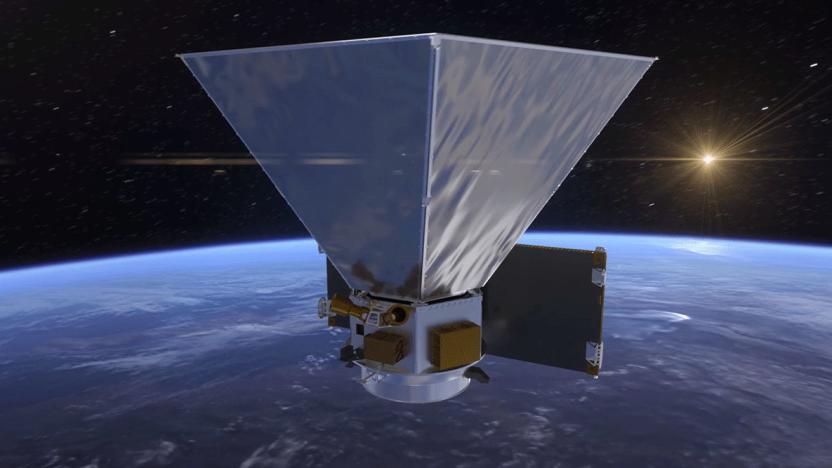
NASA reveals how its SPHEREx space telescope will search for big bang clues
NASA has hit a key milestone in the development of SPHEREx space telescope, designed for the lofty purpose of studying the Big Bang theory and origins of galaxies.
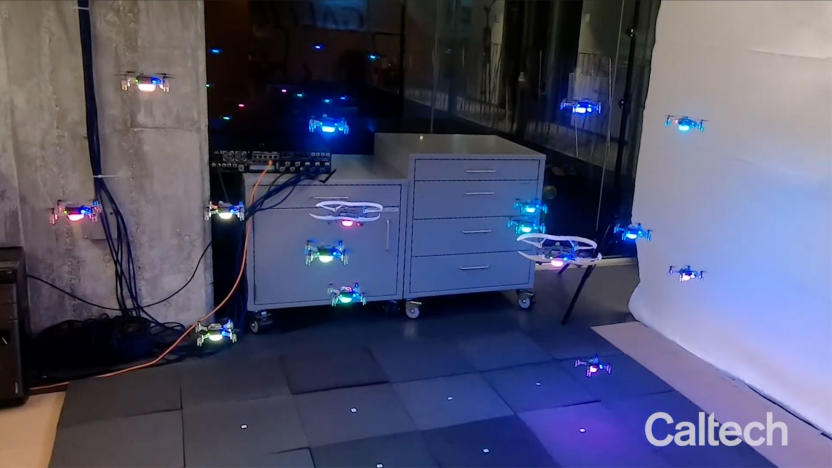
AI helps drone swarms navigate through crowded, unfamiliar spaces
Researchers have developed AI that lets drone swarms navigate cluttered, unmapped spaces without collisions.
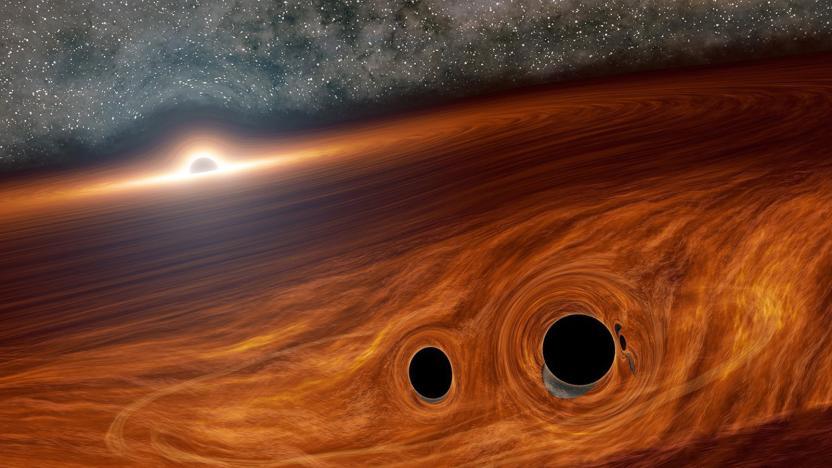
Astronomers may have spotted light from colliding black holes
Astronomers believe they've seen the first known light resulting from colliding black holes.
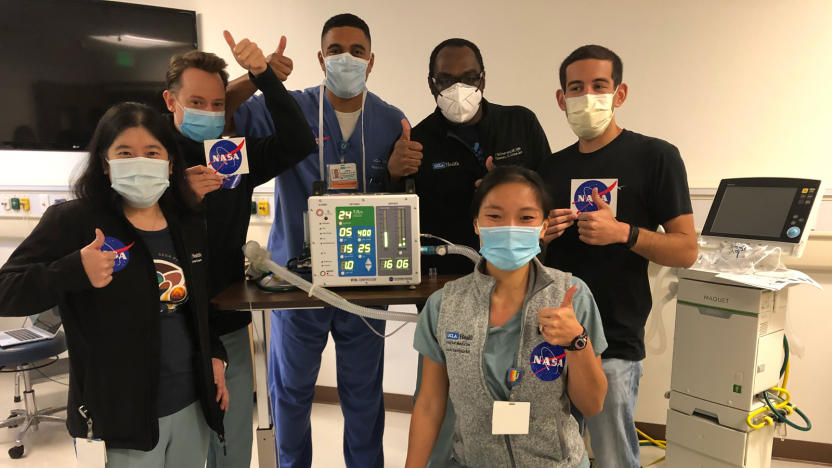
Eight US companies will manufacture NASA’s COVID-19 ventilator
Eight US companies will manufacture the ventilator designed by NASA's Jet Propulsion Laboratory and fast-tracked by the FDA.

NASA will license its FDA-approved ventilator to manufacturers for free
A high-pressure ventilator developed by NASA engineers and designed to treat COVID-19 has received FDA approval via a fast-tracked emergency use authorization.
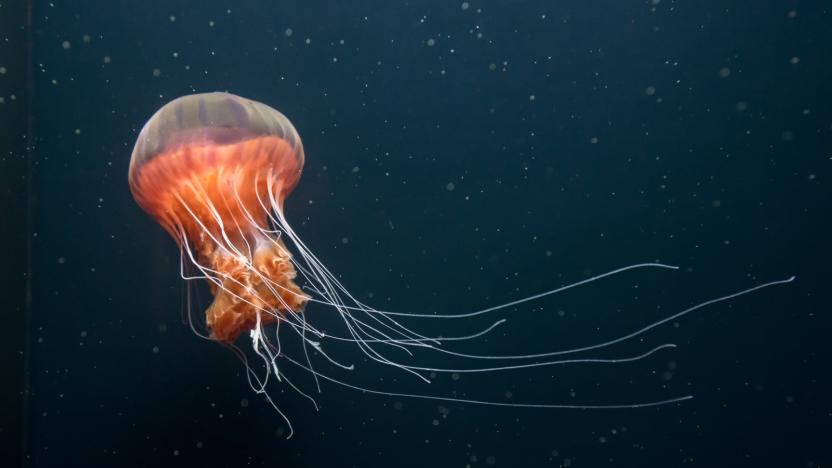
Scientists make jellyfish swim faster to prepare for deep-sea exploration
Scientists at Caltech and Stanford University want to turn jellyfish into deep-sea explorers that could be directed around the ocean, recording info as they travel. In a paper published in the journal Science Advances, the team explains how they've developed a tiny, microelectronic prosthetic that can be attached to jellyfish, causing them to swim faster and more efficiently.
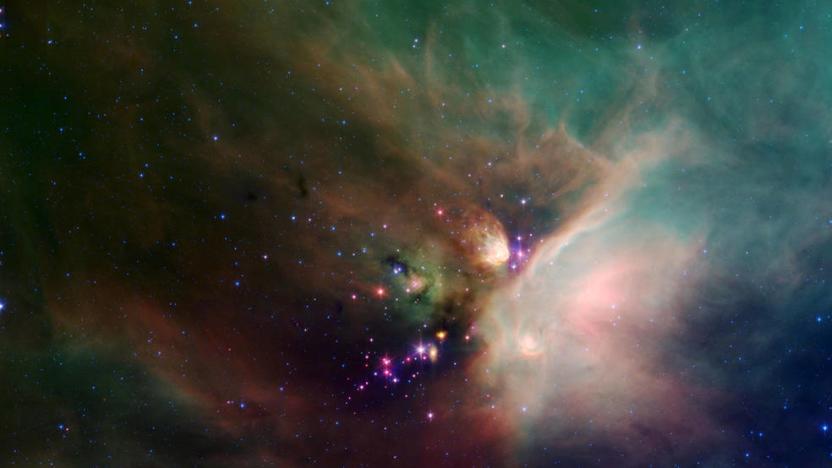
NASA decommissions Spitzer Space Telescope after 16 years of service
NASA is flipping the switch on the Spitzer Space Telescope today. The observatory has made groundbreaking discoveries about the universe since its launch in 2003, from imaging some of the oldest stars in the universe to detecting the light reflected by exoplanets. The Spitzer was previously scheduled to go offline in 2018, but has continued operating due to NASA's followup telescope being postponed. With the James Webb Space Telescope nearing completion, Spitzer's mission is over.
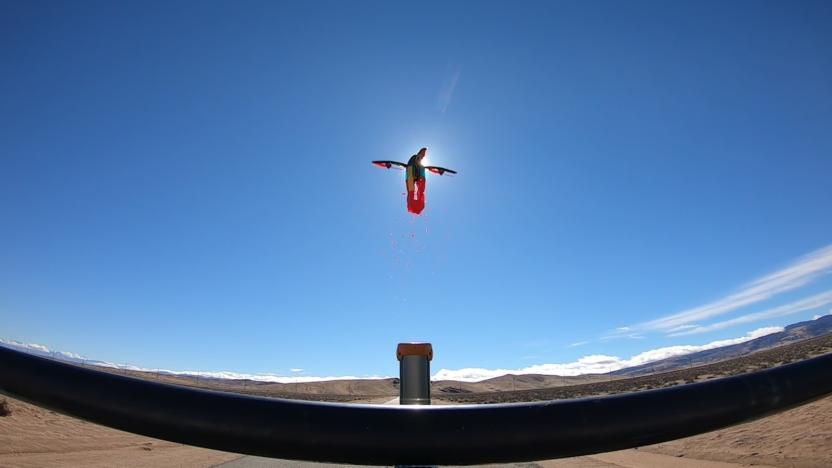
Watch a 'transforming' drone blast out of a cannon
Researchers launched a drone from a pneumatic baseball pitching machine strapped to a truck traveling 50 miles per hour. They hope this ballistic launch method might lead to drones that are better suited for emergency response and space exploration missions.
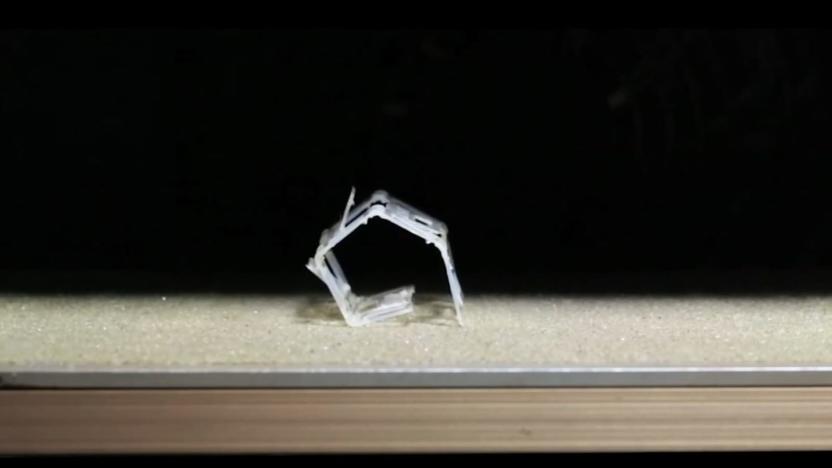
Self-folding 'Rollbot' changes its shape in response to heat
Soft robots have potential applications in everything from space exploration to health care, as they're able to change shape depending on the needs of their environment. Most soft robots need to be "tethered" though, meaning they need to be attached to a cable which supplies compressed air or instructions. Now, a team of scientists has come up with an untethered soft robot which is able to change its shape in response to heat.
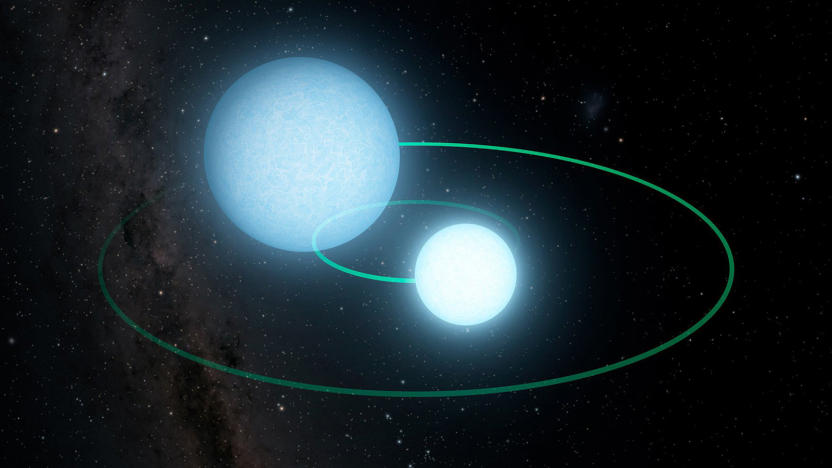
Two dead, dancing stars challenge astronomers' expectations
Stars still have plenty of surprises despite (or perhaps, because of) advances in astronomy. Researchers using Caltech's Zwicky Transient Facility have discovered a binary white dwarf system 8,000 light-years away, ZTF J1539+5027, where the two dead stars orbit each other every seven minutes. That's the second-fastest pair of white dwarfs seen to date, and the fastest such "eclipsing" system (where one passes between its partner and Earth). This isn't the first time they've seen one white dwarf 'eat' the other, but it's rare to catch this cannibalization in the act.

AR technology helps the blind navigate by making objects 'talk'
If you're blind, finding your way through a new area can sometimes be challenging. In the future, though, you might just need to wear a headset. Caltech researchers have developed a Cognitive Augmented Reality Assistant (CARA) that uses Microsoft's HoloLens to make objects "talk" to you. CARA uses computer vision to identify objects in a given space and say their names -- thanks to spatialized sound, you'll know if there's a chair in front of you or a door to your right. The closer you are, the higher the pitch of an object's voice.
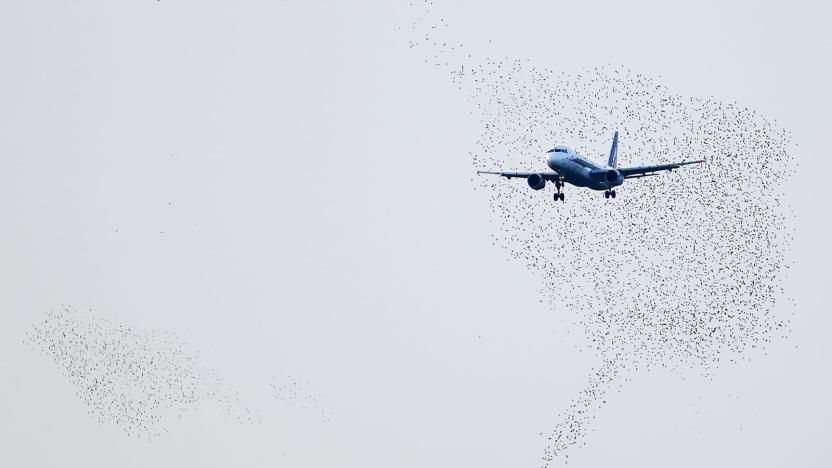
Autonomous drones can herd birds away from airports
Drones aren't usually allowed to go near airports unless they serve a purpose, like herding flocks of birds away from the airspace where they could put planes full of people in jeopardy. Manually controlled drones can be unreliable, though: If the operator gets too aggressive and spooks the birds, the flock could scatter and become even more unmanageable. That's why a team of researchers from Caltech have developed an algorithm that teaches unmanned aerial vehicles how to autonomously (and effectively) herd birds away from airport airspace.
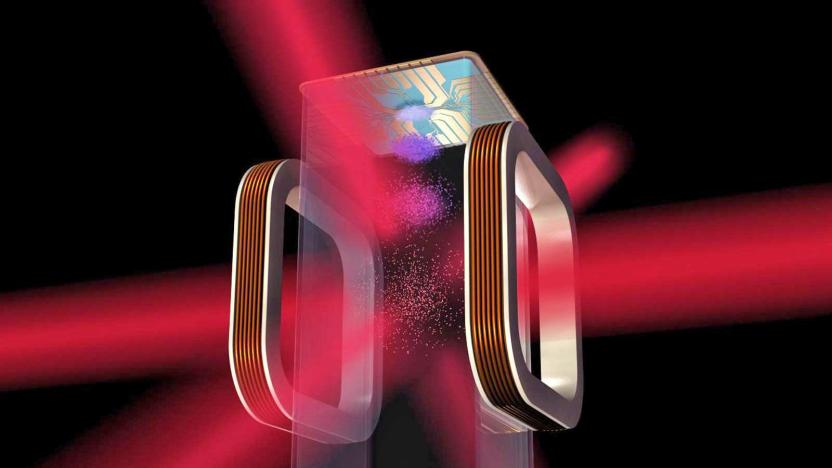
NASA will create coldest place in the universe to study quantum physics
It's hard to study quantum behavior on Earth. You can amplify the effects of quantum mechanics by zapping groups of specific atoms (Bose-Einstein condensates) with lasers that drop their temperature to near absolute zero, but that only works for fractions of a second before gravity invariably takes over. NASA's solution? Create the coldest known place in the universe. The agency just launched the Cold Atom Lab, a box that takes advantage of microgravity aboard the International Space Station to keep condensates in that ideal state for much longer.
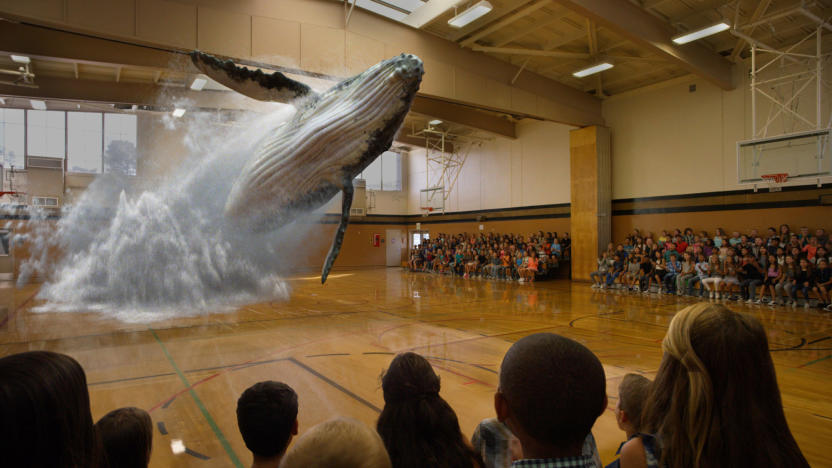
Magic Leap One: All the things we still don’t know
It's that time of year again: the special season when everybody's favorite mythical creature makes its annual appearance. That's right, it's Magic Leap hardware teaser season! Seemingly once a year, the secretive startup reveals what it's been up to, and on Wednesday it revealed renderings of its latest AR headset prototype. The company even deigned to allow a Rolling Stone reporter to take the system for a spin. But for everything that Magic Leap showed off, the demonstrations and teaser materials still raise as many questions as they answer. There's a whole lot about the Magic Leap system that we don't know, so maybe let's hold off on losing our minds about the perceived imminent AR revolution until we do.

The world's smallest Mona Lisa is made from DNA
Leonardo da Vinci's Mona Lisa painting isn't actually that big (30 inches tall), but Caltech researchers have found a way to make that seem downright gargantuan. They've used DNA to construct the smallest known Mona Lisa. At several hundred nanometers across, they're roughly as large as a lone E. coli bacterium -- the iconic smile is just 100nm wide. The trick was an adaptation of a DNA "origami" method that got the gene strands to fold and assemble into the right shape.

Astronomers just measured a whole lot more than gravitational waves
A couple of weeks ago, the LIGO (Laser Interferometer Gravitational-Wave Observatory) and Virgo teams announced the detection of another set of gravitational waves -- the fourth since LIGO's first detection in September of 2015. The observations of these ripples in spacetime are extraordinary in and of themselves, no matter how many times we record them. However, while the first three sets of gravitational waves recorded were by the two LIGO observatories, the fourth was also detected by a newly established third -- Virgo -- located in Italy. And having three detectors allows researchers to triangulate the source of those waves with extraordinary precision.
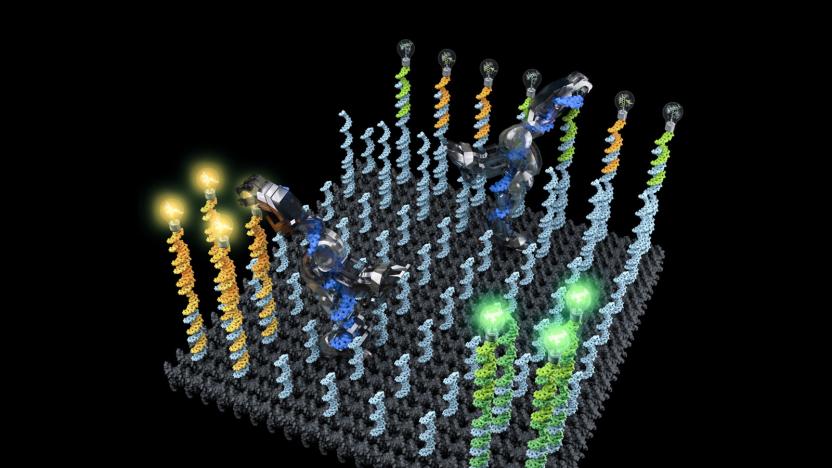
DNA 'robots' could sort molecules in your blood
Robots are already good at sorting things, so wouldn't it be nice if they could sort things out on a much smaller scale? They might soon. Caltech researchers have developed a 'robot' made from a single DNA strand that autonomously picks up molecules and moves them to specific places. It certainly doesn't look like a machine (what you're seeing above is merely representative), it behaves like one. Each segment is a collection of nucleotides that automatically performs a specific task: one segment tells the bot where to go, while separate limbs help it move around and grab molecules.








